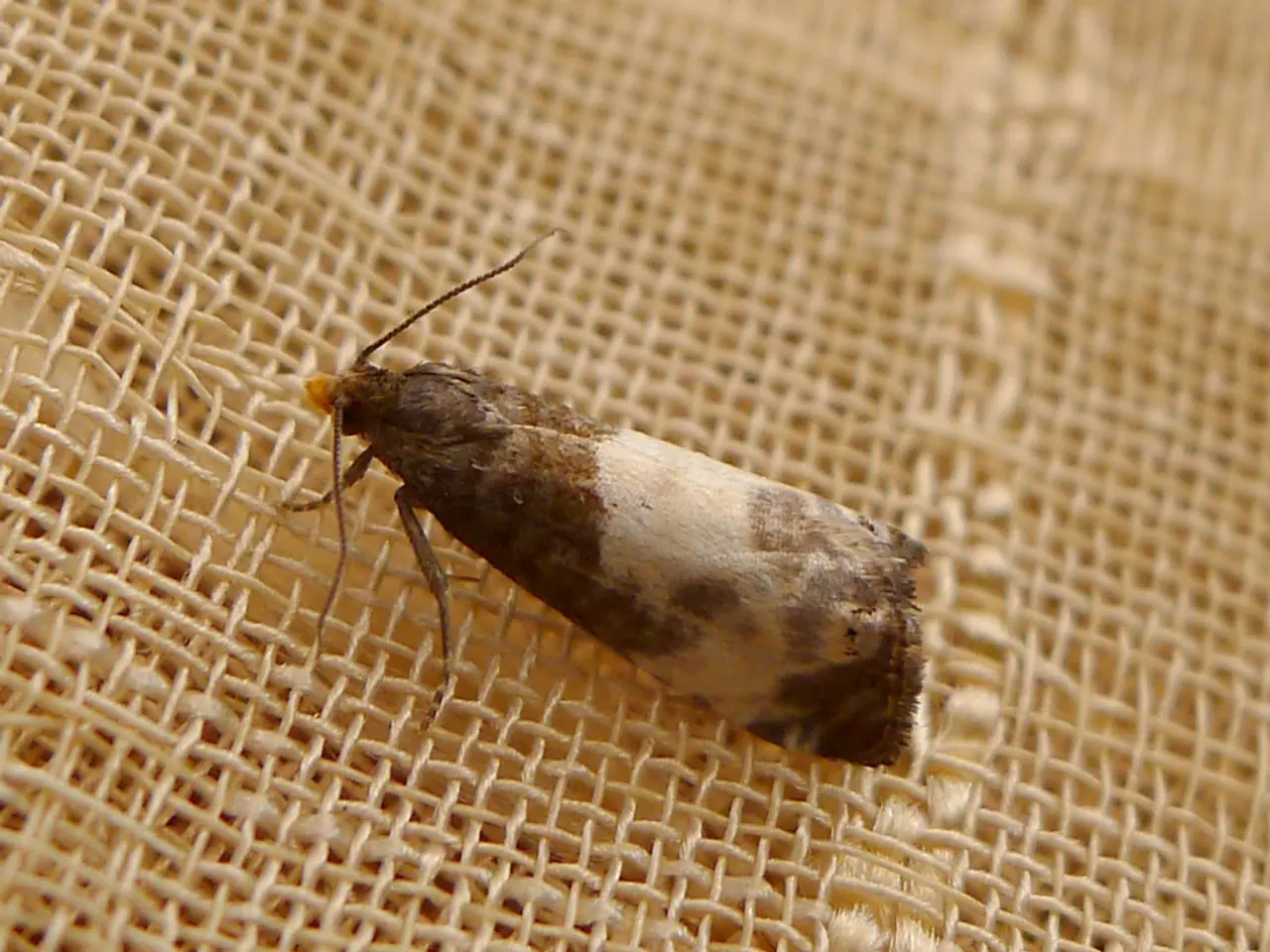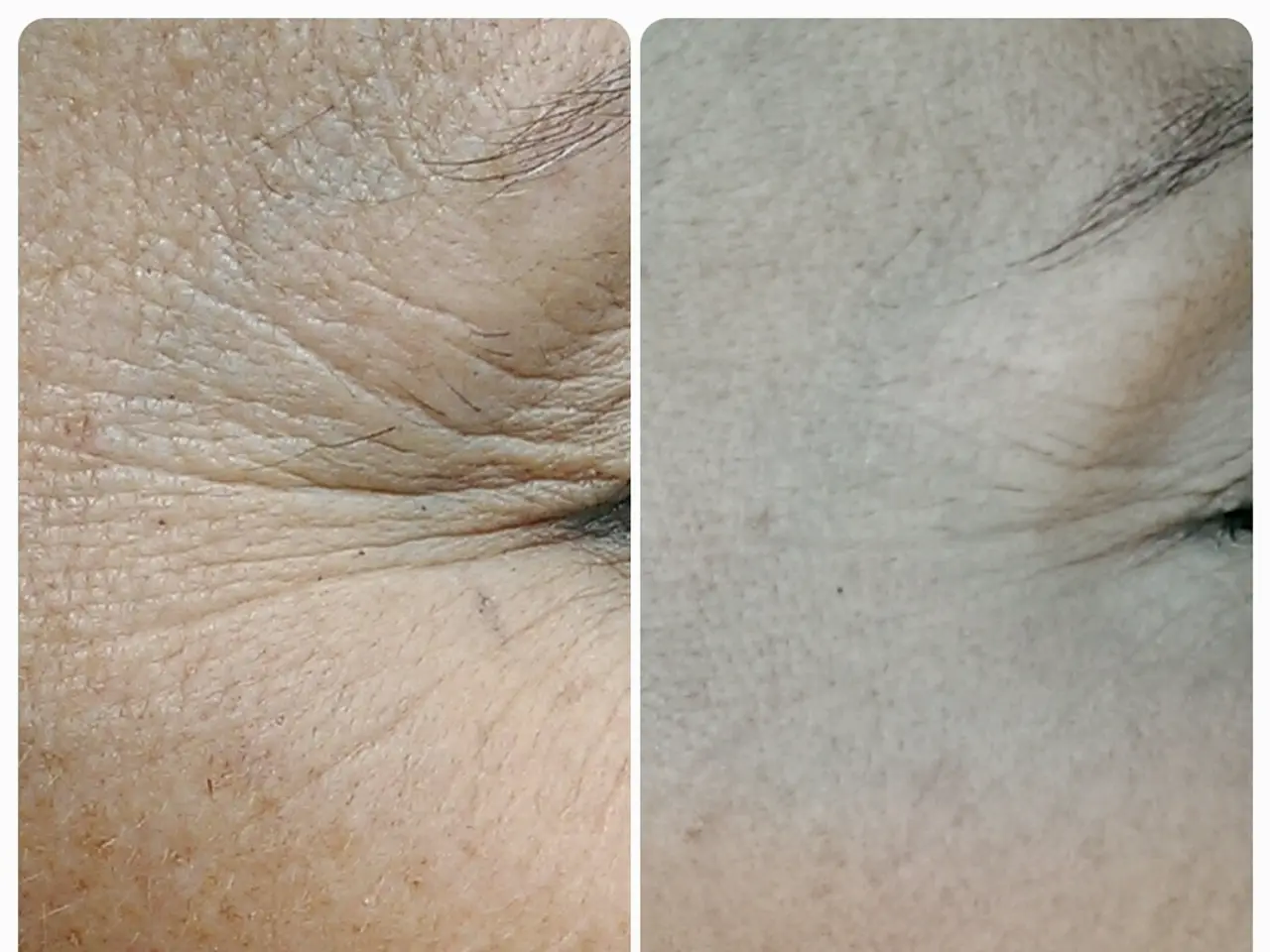Canine Paw Ailments: Triggers, Signs, and Remedies
Doggie paws are a vital part of our furry friends' lives - they provide balance, shock absorption, and insulation, all while being adaptable to various shapes and sizes. However, it's essential to keep these precious paws healthy to ensure your dog moves comfortably and easily through their environment.
Paw infections can be a hurdle for our four-legged friends, as they can be excruciatingly painful, difficult to treat, and require a considerable amount of time to heal. So, promptly recognizing the signs of an infected paw can help you get your pooch the veterinary care they need ASAP.
Types of Paw Infections Dogs Face
Frequently, infections are the result of pesky microorganisms such as bacteria or fungi that sneak into the body and trigger the immune system. Here are the primary types of dog paw infections you may come across:
- Bacterial
- Fungal
- Yeast
Causes of Dog Paw Infections
Paw infections rear their ugly heads when the paws' protective padding takes a hit and allows microorganisms to sneak in and multiply. Here are some common ways that a dog's paw can become damaged:
Trauma: A trauma to the paw, ranging from a tiny puncture to a large gash, can allow microorganisms to wreak havoc and cause an infection.
Allergies: Common dog allergies include food, fleas, and environmental allergies. When these allergies strike, your dog's paws may feel incredibly itchy, causing them to lick and bite at the area relentlessly, damaging the protective padding and creating an open door for microorganisms.
Immune suppression: Cancer treatment and other factors can weaken a dog's immune system, making it more challenging for them to fend off an infection.
Body type: Certain breeds, such as Greyhounds with slender legs and thin paw padding, might be more prone to paw infections due to their body structure.
Symptoms of a Paw Infection
It's usually straightforward to spot an infected dog paw, with symptoms remaining much the same regardless of the root cause. Here are some red flags to watch out for:
- Redness
- Swelling
- Visible injury or discoloration
- Pain in the paw
- Foul odor
- Reluctance to have paws touched
- Greasy or discolored discharge
- Difficulty walking or refusal to walk
- Loud vocalizations when trying to walk
- Constant licking, chewing, or biting at the paws
- Signs of allergies, such as watery eyes, rash, or itchy skin
Keep in mind that the severity of these symptoms may vary depending on the infection's intensity. Familiarizing yourself with your dog's paw's normal appearance will help you identify any deviations more quickly.
Diagnosing and Treating a Paw Infection
Should your dog exhibit any signs of a paw infection, a visit to the vet is in order. They'll need to conduct a thorough examination of your dog's paws, pay attention to your dog's symptoms, and ask questions to learn more about the problem.
They may also perform simple tests like a skin scrape or tape impression to look for microorganisms in the paw. After examining these samples under a microscope, your vet will be able to determine whether bacteria, yeast, or fungi are causing the infection.
Depending on the severity and type of infection, treatment may include antibiotics, antifungals, and pain relief medications. A careful clean and bandage may also be necessary to promote the paw's healing process.
Preventing Paw Infections
While it may not be feasible to completely prevent a paw infection, adopting a few preventive measures can significantly lower the odds for your dog:
- Regular grooming: Keep your dog's nails trimmed to prevent them from curling and puncturing the paw pad.
- Paw protection: Slip some booties onto your dog's paws when they venture outside to safeguard them from harsh terrain and foreign objects.
- Pet-friendly inspections: Regularly inspect your dog's paws, especially after outdoor excursions, to identify potential issues early.
- Clean after walks: A quick wash and dry of your dog's paws after a walk or vigorous outdoor play can eliminate dirt, debris, and other potentially harmful substances.
- Allergy management: Proactively managing your dog's allergies can help minimize itching, licking, and biting, thereby reducing the risk of paw infections.
- Pest prevention: Year-round flea and tick prevention will help ensure that your dog remains comfortable and pest-free.
- Regularly inspect your dog's paws, especially after outdoor activities, to promptly identify any signs of paw infections that might be caused by microorganisms such as bacteria, fungi, or yeast.
- Keeping your dog's paws healthy through regular grooming, wearing protective booties, conducting pet-friendly inspections, and maintaining good pest control can help prevent paw infections by safeguarding the paw pad and reducing potential itching or damage.
Additionally, managing your dog's allergies, keeping their nails trimmed, and cleaning their paws after walks or playtime can further aid in paw infection prevention by minimizing itching and removing harmful substances.




